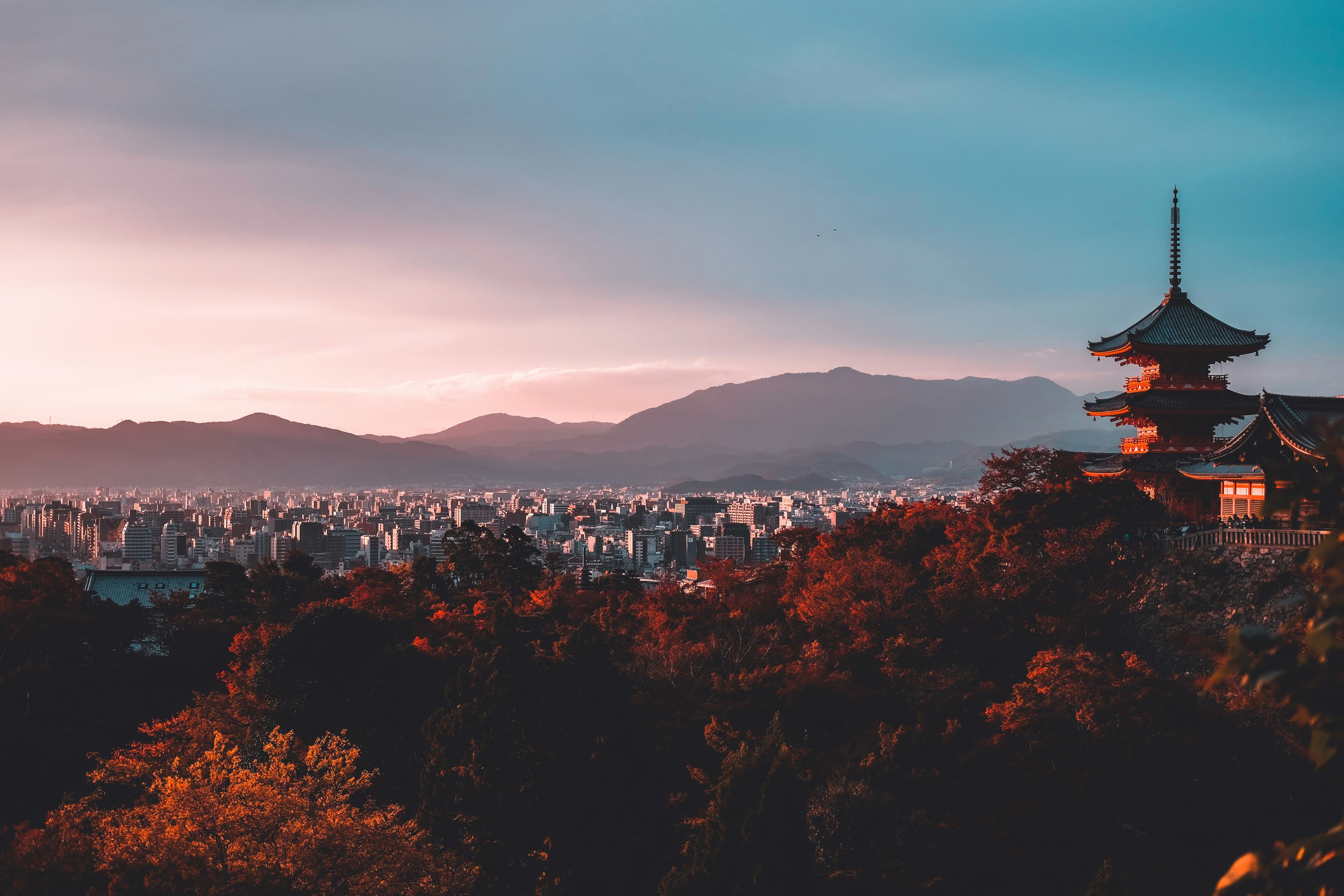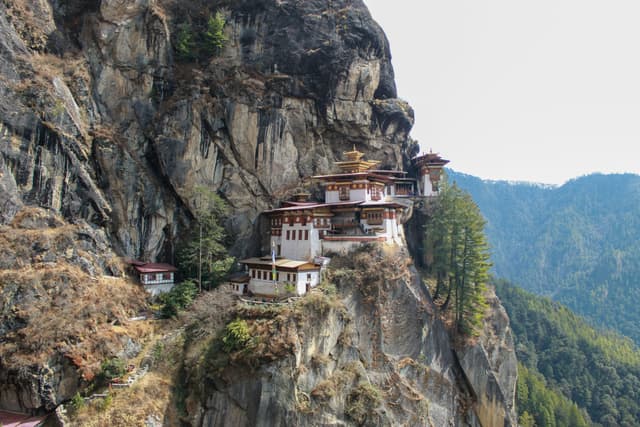There are cities that vibrate with urgency, pulsing like heartbeats of modern civilization. And then there is Kyoto — a place where time doesn’t stop, but rather strolls quietly through bamboo groves, pauses to listen to the murmur of temple bells, and lingers in the steam of an afternoon tea. It’s not just a city — it’s a state of mind.
Nestled among mountains on the island of Honshu, Kyoto was Japan’s capital for more than a thousand years. While Tokyo may now hold the reins of political and economic power, Kyoto remains the soul of the nation — an unbroken thread connecting modern Japan with its ancient roots.
First Impressions: A City of Contrasts and Calm
Arriving in Kyoto, especially after spending time in Tokyo or Osaka, feels like stepping into a different rhythm. The pace is slower. The people, while no less busy, seem more measured, more aware of the spaces between things — the silence between words, the stillness between moments.
The first thing you notice isn’t the famous torii gates or Zen gardens — it’s the sound. Or rather, the lack of it. In Kyoto, even the traffic sounds subdued, as if the city itself respects the sanctity of quiet. And once you begin exploring, you realize this isn’t coincidence — it’s culture.
The Temples: Silence Carved in Stone and Wood
With over 1,600 Buddhist temples and 400 Shinto shrines, Kyoto is a spiritual mosaic. Some of the most famous temples — like Kinkaku-ji (the Golden Pavilion) and Ginkaku-ji (the Silver Pavilion) — draw visitors with their reflective beauty, almost too perfect to be real. But beyond their golden facades or mossy grounds lies something deeper.
I remember sitting in the sand garden of Ryoan-ji, watching 15 stones arranged in an asymmetrical pattern across white gravel. There’s no guidebook that can explain what you're supposed to feel. And that’s the point. Zen is not about understanding — it’s about being. And in that moment, sitting beneath a maple tree with the sun warming the worn stones, I understood more about presence than I ever had in a yoga class.
The Bamboo Forest in Arashiyama: Where Wind Speaks Through Trees
One of Kyoto’s most photographed spots, the Arashiyama Bamboo Grove, is often crowded, yet somehow manages to remain meditative. Tall bamboo stalks sway gently in the wind, creating a soft rustle that sounds almost like whispered secrets. If you visit early — before the day-trippers arrive — you can walk alone through that green tunnel, feeling small in the best possible way.
Nearby, the Togetsukyo Bridge spans the Katsura River, offering a timeless view of the surrounding hills. In spring, they burst into pinks and whites from cherry blossoms. In autumn, they blaze with fiery reds and oranges. Nature in Kyoto is not an afterthought — it’s the main act.
Gion: Shadows of the Past in the Glow of Lantern Light
There’s something magical about wandering the narrow alleys of Gion at twilight. Wooden machiya houses line the cobbled streets, and the soft glow of paper lanterns flickers in the dusk. If you’re lucky, you might catch a fleeting glimpse of a maiko — an apprentice geisha — gliding between appointments, her white makeup luminous, her movement like a poem.
Gion isn’t a museum. It’s a living neighborhood. The traditions here are not for tourists — they’re for Kyotoites. The tea houses, the Noh theaters, the slow, deliberate art of conversation and performance — all are part of a cultural ecosystem that has survived centuries of change.
Kyoto Cuisine: Simplicity, Seasonality, Soul
Food in Kyoto is not just about flavor — it’s about harmony. It’s about understanding the seasons, the landscape, and the mood. One of the most revered experiences is kaiseki dining — a multi-course meal that unfolds like a narrative, with each dish building upon the last.
I once had a kaiseki meal in a 200-year-old restaurant near the Kamo River. The courses included everything from yuba (tofu skin) in dashi broth to grilled ayu fish with a salt crust, and a dessert of yuzu jelly that melted like sunlight. The chef, who never spoke a word, bowed slightly after each course. It felt less like a dinner and more like a dialogue between the cook, the earth, and the guest.
But you don’t need a reservation or a deep wallet to eat well in Kyoto. Try a steaming bowl of matcha soba noodles in a tiny alley shop. Grab fresh mochi from a street vendor. Visit Nishiki Market, where pickled vegetables, sesame crackers, and skewered delicacies tease your senses. In Kyoto, food is everywhere, and it is always thoughtful.
Tea Ceremony: The Art of Being Still
If you only do one “touristy” thing in Kyoto, let it be a tea ceremony. Not the rushed hotel versions, but a real one — where the kimono-clad host takes you through each gesture with precision and purpose.
There is something deeply moving about watching someone scoop matcha powder with a bamboo spoon, whisk it into a green froth, and turn the bowl just so before offering it to you. Every motion matters. Every silence is honored. And when you take that first sip — slightly bitter, entirely pure — you realize the ceremony was never about the tea.
The Seasons of Kyoto: Four Acts of Beauty
Kyoto wears each season like a different robe.
Spring brings sakura (cherry blossoms), especially around Philosopher’s Path — a canal-side walk under a canopy of pink and white petals.
Summer is lush and vibrant, with fireflies flickering in gardens and festivals like Gion Matsuri setting the streets alight with music and color.
Autumn is a painter’s dream. The trees surrounding Eikan-do and Tofuku-ji burst into crimson, amber, and gold.
Winter, though quieter, has its own magic. Snow dusts the temple roofs, and steam rises from street food stalls selling hot oden.
Each season transforms Kyoto, but never disrupts its essence. The city adapts, but it never loses itself.
Beyond the Icons: Personal Moments that Stay With You
What I remember most vividly about Kyoto are not the famous sites, but the quieter moments:
A shopkeeper folding a bag just a little too perfectly.
A monk sweeping temple steps with rhythmic grace.
An old couple feeding koi fish in a pond, laughing like teenagers.
The silence of early morning at Fushimi Inari, the sun filtering through thousands of vermilion gates.
These are the threads that weave Kyoto into your memory — not just as a place you visited, but a mood you carry with you long after you leave.
Sustainability and Respect: Kyoto’s Unspoken Rules
Kyoto teaches you how to be a guest. It doesn’t shout, but it expects you to listen. You learn to speak softly, to queue patiently, to bow slightly when someone helps you. And in doing so, you become part of the city’s quiet symphony.
The people here don’t flaunt sustainability — they live it. Bicycles outnumber cars. Trash is sorted with military precision. Water is revered. And excess — in noise, in waste, in ego — is gently but firmly discouraged.
Leaving Kyoto: A Kind of Goodbye That Doesn’t End
When I boarded the shinkansen to Tokyo, Kyoto didn’t feel like it was behind me. It felt like it had folded itself into me. Not in a dramatic, life-changing way — but in small shifts. I walked slower. I noticed more. I craved silence. I felt gratitude for stillness.
Kyoto is not flashy. It’s not loud. It doesn’t beg for your attention. But if you offer it yours — fully, respectfully — it will stay with you long after your footprints fade from its temple stones.
Loading...



